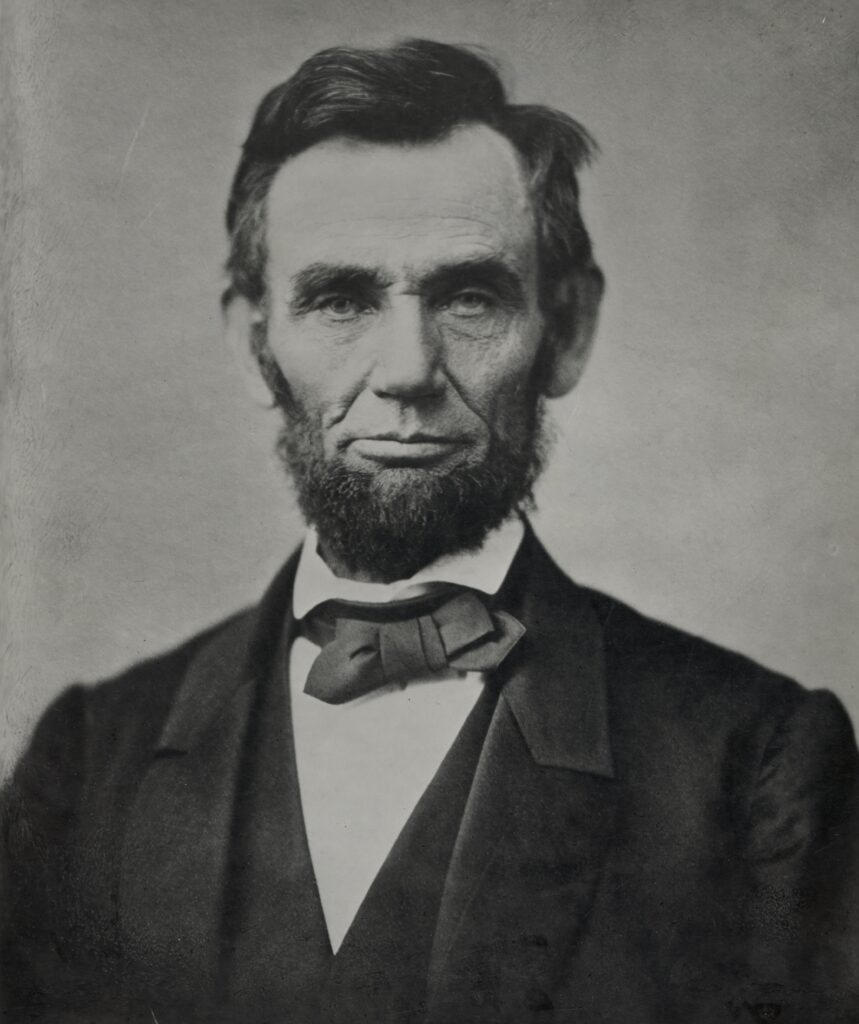Want to Lead Others? First, Lead Yourself
One of the reasons I have curbed my social media use is because it tempts me to portray a version of myself that is not entirely accurate. Sure, it feels good to post pictures of the cool places, experiences, and events I have been blessed to partake in — but those things don’t capture the inner workings of me. At their best, they are examples of some of the fun I have been fortunate to have. At their worst, they are attempts to justify my self-worth as someone that is someone.
If the above is too blunt, the rest of the post may be uncomfortable to read. In this post, I will attempt to uncover myself — at least as much as possible in a short blog post. In a sense, I am writing a journal entry that I’m sharing publicly through this blog.
Why am I doing this? Because I realize that to lead others well, you must first lead yourself well. To do that, you need to understand who you really are. While there are many ways to do that — I work with an executive coach, accountability partner, and have countless conversations with my wife, Sarah, to name a few — one of the best ways is to jot down thoughts on a piece of paper.
Leaders, before reading on, ask yourself: when was the last time you thought about why you do some of the things you do? What drives you? What is behind your pursuits? Wouldn’t uncovering these motivations help you lead yourself better?
Getting Uncomfortable
So, without further ado, let’s get uncomfortable.
At my worst, I carry shame. Shame is always rooted in the past. It can be things I have done or even something done to me. But it is never healthy or life-giving. Nor is shame from Jesus. It is always from the evil one.
I used to think I was at my best when my work ethic went into overdrive. I’d get up early, work out hard, get to work, write a blog post before 10 a.m. on Monday, complete all my tasks, and fill my planner with check marks. Rinse and repeat. I’d get stuff done.
At home, I do the same. I have a plan of attack for everything. I read more books than I can remember. I work hard. And I feel good about myself when I work hard.
Did you read that last line?
What’s at the core of that feeling — feeling good about myself when I work hard?
It’s about:
- Feeling good about myself
- Feeling like I am enough
- Having others see my good work ethic
- Being seen as “with it” or knowledgeable on a topic
- Being praised
I can go on, but I will stop here.
Grinding Through It
All this is good until it is not. I realized recently that I have been tired for about ten years. Sure, the doctor says my bloodwork is “great,” but I’ll admit that I’ve felt tired since my son Will was born in 2011. While this is a funny (and mostly true) joke, it is also a sad admission of how much I have gritted my teeth to get where I am today.
Okay, I am exaggerating a bit. Sure, not every day of the past ten years has been of the “teeth-grinding” variety — and I’m of the firm belief that some teeth-grinding is necessary to do the hard things — but the overall point remains that I often pursue work as a way to boost my ego and eliminate negative feelings I have about myself.
In recent years, I have found myself at my best when I relax.
Working hard is not my problem; taking work of any kind too seriously is.
The Present of Your Presence
I am at my best when I think less about words like “balance” and more about words like “presence.” Being fully present is more challenging than ever but more rewarding than ever. How do I achieve that presence? It isn’t by tackling 48 tasks on my to-do list and trying to simultaneously be present — presence is its own thing.
I am at my best when I see the golf shot, feel it, and trust my ability to hit it. All mechanical thoughts — my vain human attempt to be good enough — are not present.
I lead myself best when I see it, feel it, and trust it in everything I do. I admit that sounds idealistic and a little too “new age,” but it is the admission that all I can do is my best. And I should trust that whatever my best is will be good enough. There is no one-size-fits-all solution for leadership, fatherhood, or anything else.
I also confess that I write a lot about golf because I have never measured up to my own expectations. I have failed. I had dreams I did not fully pursue in my youth, only to find those dreams come back and haunt me later. I write about that now because I fear making the same mistake in weightier matters. This is also why I “swing aggressively” when it is time to take the next shot!
A Focus on Others Helps Me Lead Myself
I am broken.
I am at my best when I realize this. I am best when I get outside myself long enough to notice others. To really see others. I am most proud of myself when I do that.
Leadership is the process of doing things with and through other people. It was not until this post that I realized that focusing on leading others helps me lead myself. For it contains all the ingredients (other people and their interests) that help me get past myself, my shame, and my brokenness.
It truly is more blessed to give than receive — and I know I’m at my best when I give.
A Last Note
I may be broken, but Jesus says I am enough. There is nothing I can do to earn his love, nor is there anything I can do to lose it. There are consequences to every action, but my identity is secure. Brokenness can only persist when that identity is forgotten. Someone reading this post needed to hear that, which is why I added this last paragraph a month after writing everything above it.
Want to Lead Others? First, Lead Yourself Read More »










